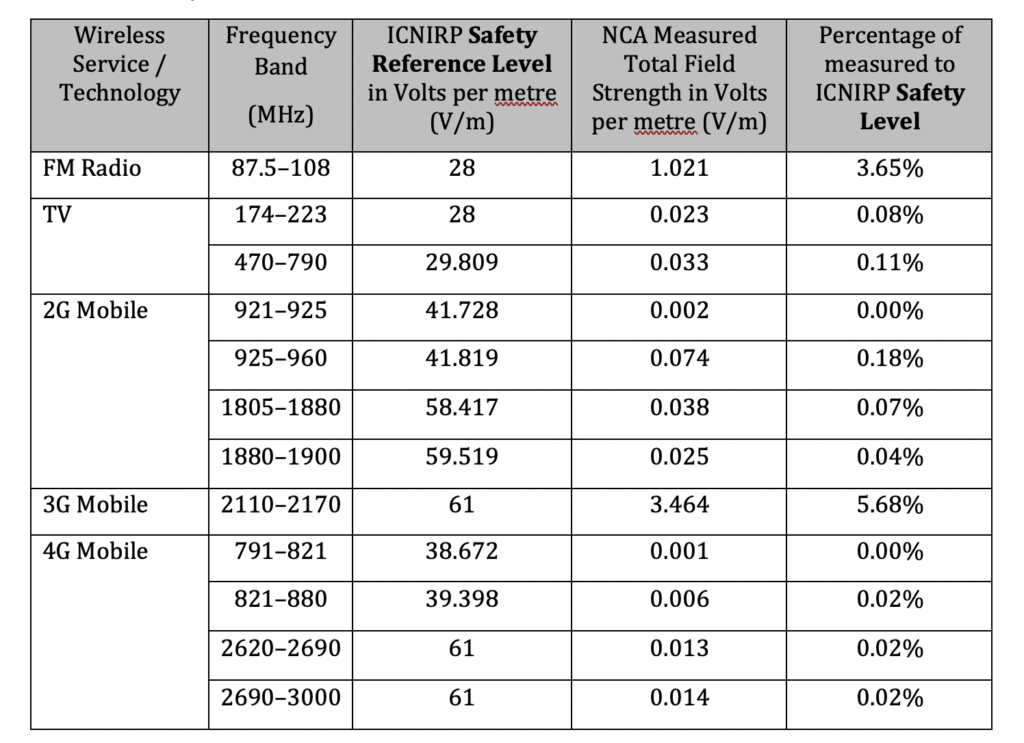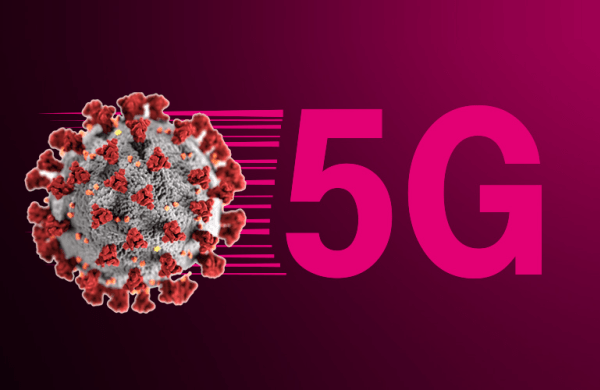The National Communications Authority (NCA) has stated categorically that there is absolutely no link between 5G technology and Covid-19.
It has, therefore, advised the public to disregard the misleading videos and audios circulating on social media.
In a statement Thursday, the Authority said it has taken note of recent widespread rumours and misinformation about 5G technology and its alleged link with the Covid-19 virus.
It explained in details the evolution from 1G to the current 5G technology.
Below is the detailed explanation:
Evolution of Mobile Cellular Technologies
The First Generation (1G) wireless mobile technology was analogue which was launched in Ghana in March 1991. It enabled customers to make voice calls on a hand-held telephone while on the move, an improvement over stationary telephone sets.
It was soon followed by Second Generation (2G) digital mobile technology which, in addition to voice calls, enabled Text Messaging (SMS) and a very limited amount of data to be sent over the Internet although it was rather slow.
Further innovations led to the introduction of Third Generation (3G) mobile technology enabling mobile Internet access and browsing, and transmission of images and videos at substantial speeds to facilitate messaging, video calling and mobile television.
Fourth generation (4G) came with even faster internet data speeds to improve the consumer experience. Operators in Ghana continue to expand access to both 3G and 4G technology.
The fifth generation (5G) is the next generation of mobile technology which has not yet been deployed in Ghana. However, it promises significantly higher internet data speeds which will enable innovative products and services in agriculture, transportation, education, health, security and commerce.
All generations of mobile cellular technology (1G, 2G, 3G, 4G and 5G) operate on radio frequencies (RF). These frequencies are not visible, but they exist in the atmosphere; they are what enable radio and television stations to transmit news and information to us. They generate non-ionizing radiation which pose no harm to human beings.
Health Implications of Radio Frequency Radiations
There have been over 50 years of scientific research about the potential health risk associated with radiations from radio frequency signals and telecommunication installations.
The World Health Organisation (WHO) reports that no evidence has been found to conclude that exposure to RF radiations are harmful to human health despite extensive research to date. RF radiations from FM radio and TV broadcasting signals have not caused any health hazards despite the many years of human exposure to them. Comparing the characteristics of the RF radiations from 1G, 2G, 3G, 4G and 5G base stations and handsets to that of FM radio and TV, the NCA does not expect any harm to human health.
In Ghana, the Radiation Protection Institute (RPI) of the Ghana Atomic Energy Commission (GAEC) works with the Environmental Protection Agency (EPA), NCA, and the telecommunications industry to ensure that electromagnetic emissions from telecommunications infrastructure are within safe limits.
NCA’s measures to ensure safety of consumers
The NCA, as part of its consumer protection mandate, has established a Type Approval laboratory with test and measurement equipment for Radio Frequencies (RF), Electromagnetic Fields (EMF) and Specific Absorption Rate (SAR) (See attached pictures).
The laboratory undertakes measurements to ascertain the safety of mobile devices (phones, tablets, etc) and field measurements of radiations from mobile base stations at frequencies below 6GHz which is the range of frequencies for 2G, 3G and 4G in Ghana. Future 5G deployments in Ghana will also utilize some frequencies below 6GHz as well as higher frequencies and within safe limits.
The measurements taken by the NCA clearly indicate that the non-ionizing radiations from mobile base stations are even more stringent and safer than those set by the International Commission on Non-Ionizing Radiation Protection (ICNIRP), which is the international body responsible for safe use of non-ionizing radiation.
Additionally, in 2019, the NCA contracted independent private agencies to audit all base station masts/towers in Ghana for structural integrity and to assess the level of radiations from all the sites. The audit reports confirmed that radiation levels are significantly lower than the ICNIRP reference levels.
The public is therefore assured that, radiations from mobile base stations in Ghana are safe.
Details of Some NCA EMF Measurements
At the time of the last measurement conducted by the NCA in January 2020, the highest field strength recorded below 6GHz was 3.464 Volts per metre (V/m) in a frequency band where the ICNIRP safety limit is 61 Volts per metre (V/m). Therefore, the highest EMF radiation measured by the NCA in January 2020 was 94.32% lower than the ICNIRP Safety Level. Note that the lower the figure, the safer the radiation level.
The following are results for various wireless services/technologies measured by the NCA in Accra in January 2020:

Permitting process for Towers/Masts
The public is informed that, before a base station mast or tower is erected in Ghana, permits are obtained from the EPA and Local Authorities. As part of the permitting process each telecommunication company obtains a radiation safety report or certificate from the Radiation Protection Institute (RPI). The RPI’s measurements over the years indicate compliance to ICNIRP levels by all Mobile Network Operators as the NCA affirms by its own measurements.
Conclusion
The general public is assured that all mobile technologies are safe. As part of its regulatory mandate, the NCA in collaboration with the relevant state institutions will continue to measure and check compliance to the safety levels of RF exposure to ensure protection of all users of communication services including 5G (when it becomes available in Ghana) and future advanced technologies. The Authority further assures the public that there is absolutely no relationship between any mobile technology and COVID-19.
Latest Stories
-
Seychelles President’s visit rekindles historical and diplomatic ties with Ghana
5 mins -
Election 2024: EC destroys defective ballot papers for Ahafo and Volta regions
15 mins -
2024 Election: I am sad EC disqualified me, but I endorse CPP’s candidate – PNP’s Nabla
42 mins -
I want to build a modern, inclusive country anchored by systems and data – Bawumia to CSOs
43 mins -
Miss Health Ghana 2024: Kujori Esther Cachana crowned new Health Ambassador
51 mins -
Livestream: The manifesto debate on WASH and climate change
57 mins -
Alan Kyerematen saddened by NDC and NPP’s neglect of Krofrom Market in the Ashanti Region
1 hour -
CSIR Executive Director urges farmers to adopt technology for improved farming
1 hour -
Football Impact Africa’s Ghetto Love Initiative inspires change in Teshie
1 hour -
Peter Toobu calls for tighter border security over uncovered weapons at Tema Port
1 hour -
Gov’t has failed its commitment to IPPs – Ablakwa
2 hours -
Sell Chrome to end search monopoly, Google told
2 hours -
KATH to install seven new dialysis machines by end of November
2 hours -
Walewale: Police confiscate 37 bags of cocoa beans suspected of being smuggled out of Ghana
2 hours -
‘Expired’ Rice Scandal: FDA confirms rice was safe for consumption after rigorous lab tests
2 hours

